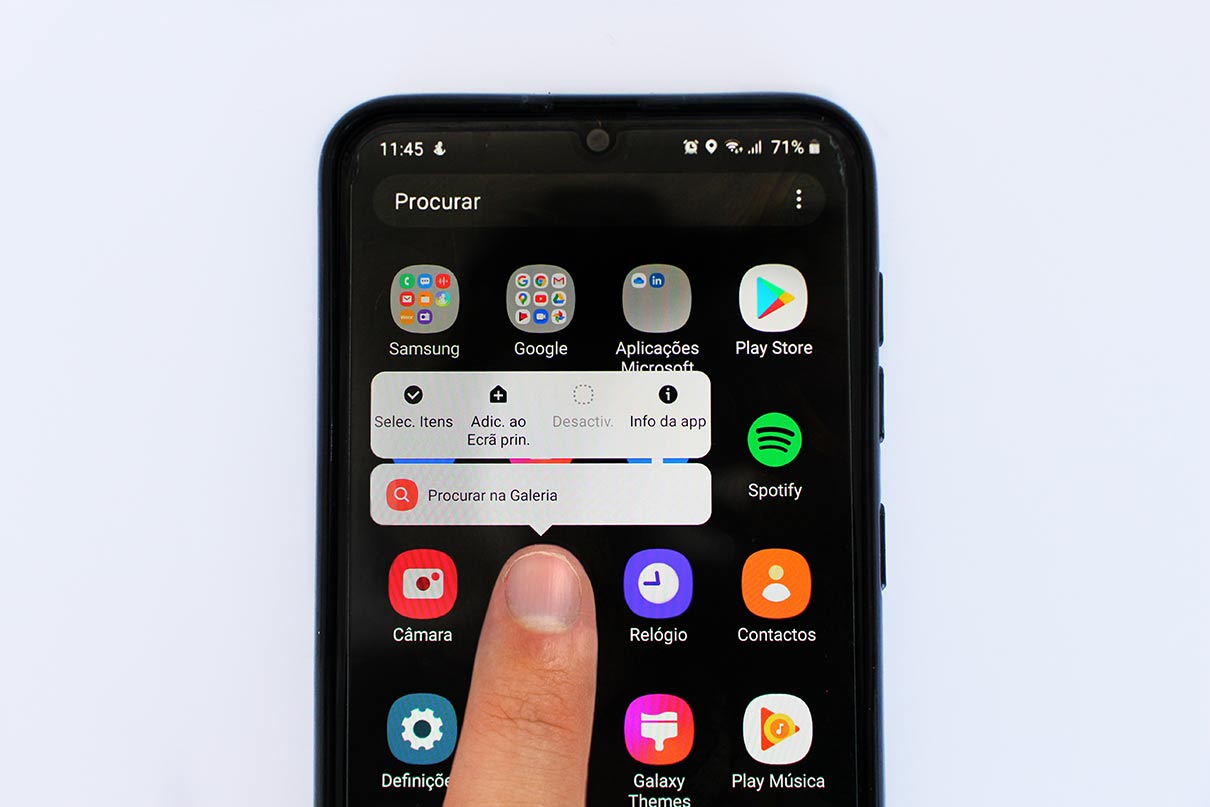Designing easy-to-use digital products
Interaction design (often abbreviated as IxD) refers to the design of interactive digital products and services according to the way users will interact with it. The interactions are every element on the screen that users might swipe, click, tap or type, such as buttons, links, form fields and more.
To interaction design it’s fundamental to understand how users and technology communicate with each other as well as understand users’ needs, limitations and contexts. By knowing that, designers can anticipate how someone might interact with the product or service and customise it to suit their demands, fix problems early in the development, and come up with innovative ways of doing things.
The five dimensions of IxD
-
Words
All text (like button labels, for example), which helps give the right amount of information to users. Words should be simple to understand and communicate information easily to users.
-
Visual representations
All graphics, diagrams, icons or images with which users interact. They usually complement the words used to communicate information to users. They should be used in moderation so not to overwhelm them.
-
Physical objects or space
The medium through which users interact with the product or service. It can be the physical hardware, like a mouse or a keyboard, or a mobile device.
-
Time
The time during which users interact with the interface. It can be animations, videos and sounds.
-
Behaviour
The emotions and reactions of users when interacting with the product.
Using micro-interactions to improve the user experience
When users are navigating through a website or an app they need to know what happens when they perform an action, whether swiping left, adding items to a shopping cart or clicking a button. That’s why micro-interactions are important as they’re used to provide meaningful feedback to the user. Besides, well-designed micro-interactions can create a more enjoyable experience.
Scroll bars, pull-to-refresh animations, swipe animations or email notifications are some examples of micro-interactions.

Micro-interactions are also used to:
- Encourage engagement and make users interact with the interface
- Save space on mobile by hiding a few action items using gestures
- Communicate information clearer by using visuals and animations
- Turn bored loading screens into something interesting
- Teach the user how to use the interface
- Help users prevent errors
- Display system status
- Perform quick actions
- Direct users attention
- Communicating brand
Want an interface that meets your users’ needs?
Xperienz applies research to the design of simple, easy-to-use interfaces. By learning all about your users we’re able to design a solution that matches what they want and also benefits your business.
Tell me more
